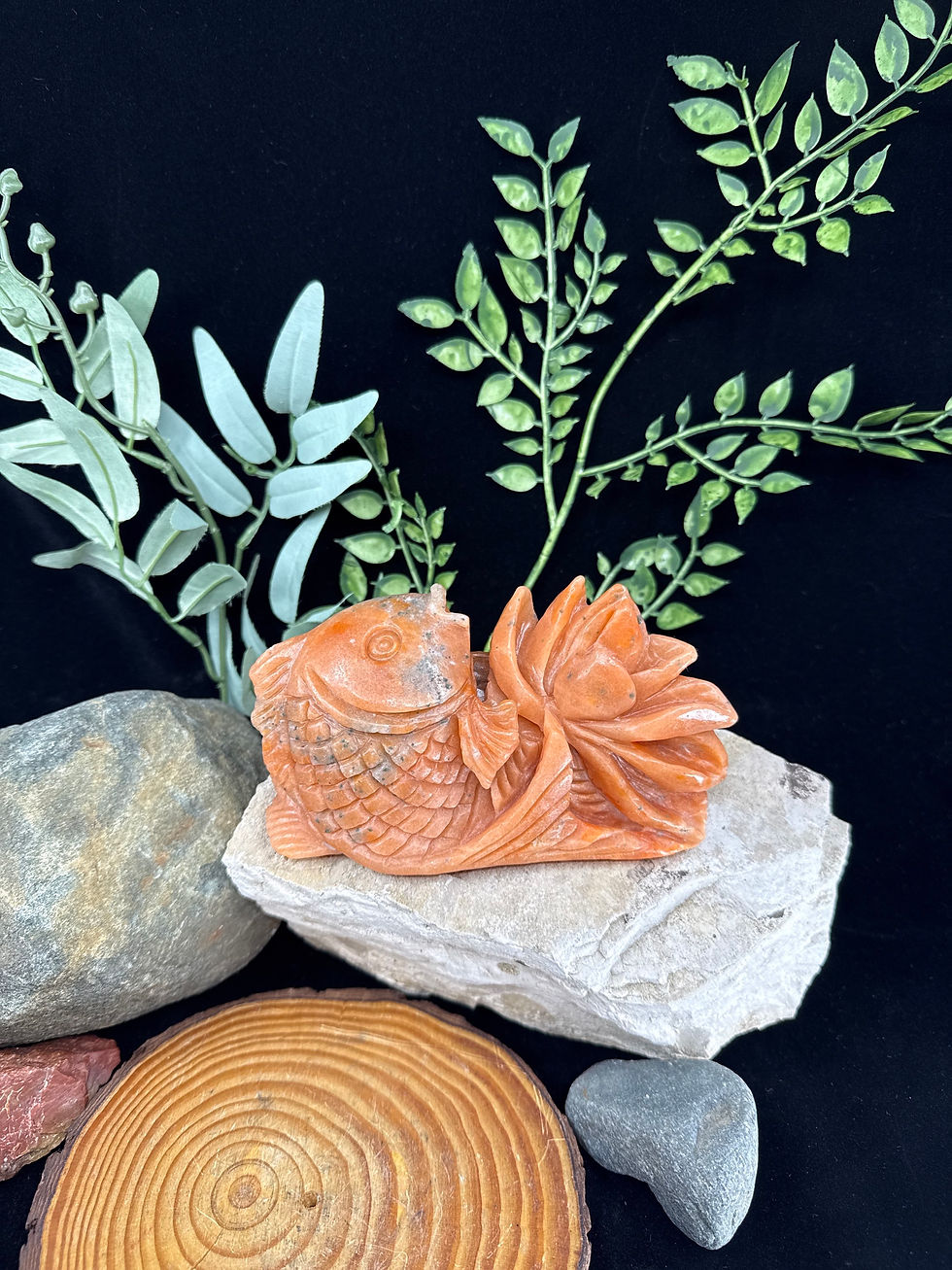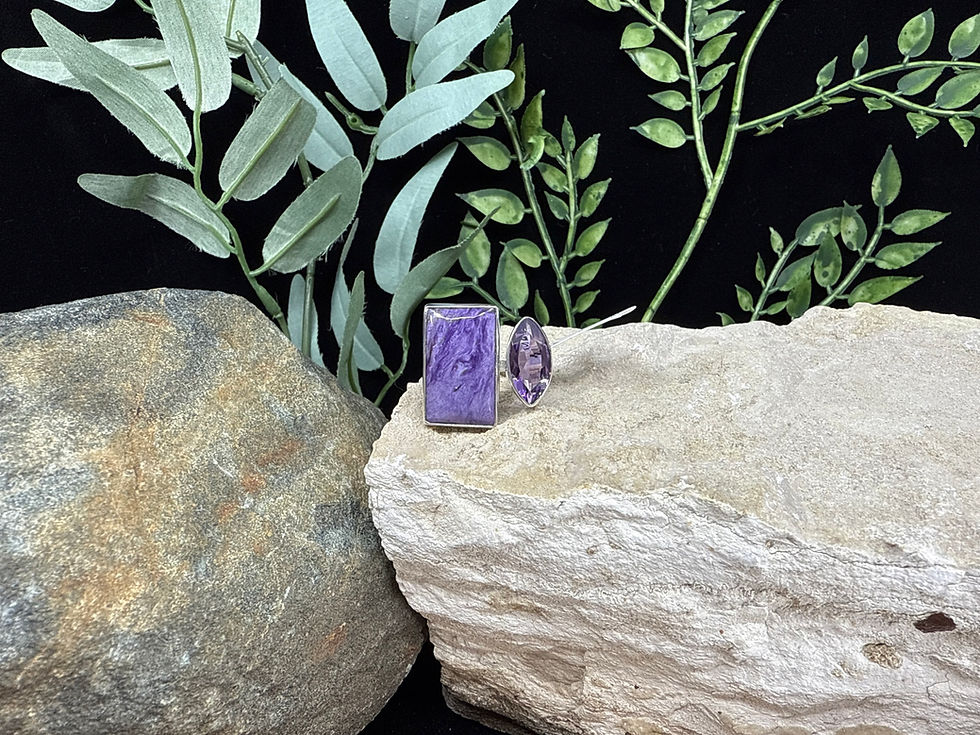
Orthoceras/Ammonite Fossil Mortar and Pestle Large - 1
High Vibe Promo
“All claims for metaphysical properties and physical healing characteristics have not been verified by a licensed medical professional. Any knowledge or claims should not be used in the place of a diagnosis, prescription, advice or treatment by a doctor or a licensed practitioner."
Frequently called the “Fossil of Harmony”, Ammonites were marine mollusks existing around 416 million years ago and were once the most abundant animals of the ancient seas. To this day, scientists have identified more than 10,000 diverse species of Ammonite. Due to their abundance during this time, they can be found nearly everywhere on planet Earth. Ammonites are extinct marine mollusks called Ammonoids. These mollusks in the Ammonoid category, commonly referred to as ammonites, are more closely related to other cephalopods such as the living squid, octopus, and cuttlefish. They were early relatives of the modern Nautilus. They had well developed eyes and tentacles for grasping their food. The Ammonites came in many different shapes and sizes from smaller than an inch to as large as 9 feet wide. Their shells also varied in appearance from long straight shells to coiled and helix shapes. The most common of the Ammonite had coiled shells lined with progressively larger chambers separated by thin walls called septa. As the animals grew, so did their chambers, although the bodies of these creatures would always remain in the outer largest chamber. The color of these fossils varies from blue, purple, and pink, while the most common naturally occurring colors range from brown to gray. The Ammonites became extinct 66 million years ago during the planet’s most recent mass extinction event that also led to the demise of the dinosaurs. This was due to a massive asteroid which slammed into the earth and destroyed three fourths of all species on our planet.
Geologists and Paleontologists often use the ammonite fossil as an index, meaning they can help date other fossils, as it is possible to link the rock layer in which they are found to specific geologic time periods. When the Ammonite perished, they fell to the bottom of the seafloor where they were gradually covered by layers of sediment. Their “mother of pearl” coating is often preserved due to the composition of the environment at that time and the sediment in which they were buried.
History
The name Ammonite stems from the God Ammon who took on the form of a ram. Ammon had spiral like horns and was an Ethiopian or Libyan deity who eventually was worshiped throughout Egypt and Greece. Ammonite was believed to harness the energy of ancient wisdom and was widely used for tools in healing and transformation. In India the fossils are identified with the god Vishnu and are used in many spiritual ceremonies, while the Hindu used the fossil in religious ceremonies and is still coveted and sacred today. Hindus believed this fossil to activate the Kundalini, the form of divine feminine energy located at the base of the spine. It is said that the discus used by the ancient Greeks in their Olympics, was a fossilized Ammonite.
Metaphysical Properties
· Promotes emotional balance and stability.
· Releases negative patterns and behaviors.
· Attracts health, prosperity, and success.
· Channels inner strength and aides in persevering during difficult times.
· Grounds the body and spirit.
· Balances the body both physically and mentally.
· Helps to deepen meditation.
· Acts as a mood enhancer.
· Heightens intuitive powers.
· Brings clarity to life’s purpose.
Physical Healing
· Helps with depression.
· Lowers blood pressure.
· Stabilizes pulse and helps to overcome degenerative disorders.
· Calms tinnitus and ailments of the ears.
· Increases energy and vitality.
· Supports the lungs, limbs, and cell metabolism.
· Eases the transition from life to death.
Chakras
· Root
Orthoceras stones are black and gray limestone fossils of an extinct nautiloid cephalopod. Derived from the ancient Greek words, orthos meaning “straight” and keras meaning “horn”, this stone was formed from a long straight conical shell. Often polished by collectors, Orthoceras is found in many of the areas of the world, but the larger discoveries have been in Morocco, Antarctica, the Scandinavian region and the United States. Still, once it is uncovered and the site it located, the amount of Orthoceras exposed is typically abundant making it a common stone.
History
The orthoceras cephalopod was alive around 400 million years ago, which is one reason that this stone is so popular amongst collectors and enjoyable to possess. Modern day squids and octopus are the descendants of this ancient squid-like creature. Many of the abundant sites where these fossils are found lie in the sands of the Sahara Desert, giving another piece of evidence that the Sahara desert was once under a large body of water. Although most Orthoceras stones are found at only a few inches in size, the original animal could grow up to 14 feet in length. It is used as not only a healing stone today but is also used commonly in decorating with jewelry and used to decorate walls and for countertops.
Metaphysical Properties
• Encourages Living in The Moment
• Promotes a Health Life Balance
• Brings Self Confidence to Battle Through Difficult Situation and Times
• Allows Restructuring of Energy Fields in Order to Bring Harmony to the Mind, Body and Spirit
• Helps to Connect Us to Our Past Lives
• Releases Childhood Trauma and Fear
• Stimulates the Mind and Augments Our Ability for Telepathy
• Reminds to Be Optimistic and Hopeful
• Encourages the Mind to Be Creative
• Connects to the Wisdom of Gaia, Mother Earth)
• Encourages Transformation
Physical Healing
• Reduces Toxins, Stress and Anxiety
• Cure for Low Energy and Exhaustion
• Settles Stomach Sickness
• Treats Dyspepsia and Rheumatism
• Helps with Digestive Disorders
• Assists on Nerve and Organ Function
• Benefits Skin Health and Treats Skin Disorders
• Treats Skeletal Disorders
• Helps with Skeletal Alignment
• Stimulates the Thymus Gland
• Treats Atrophy
Chakras
• Root















